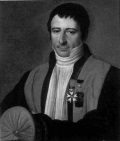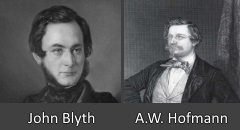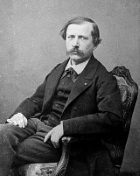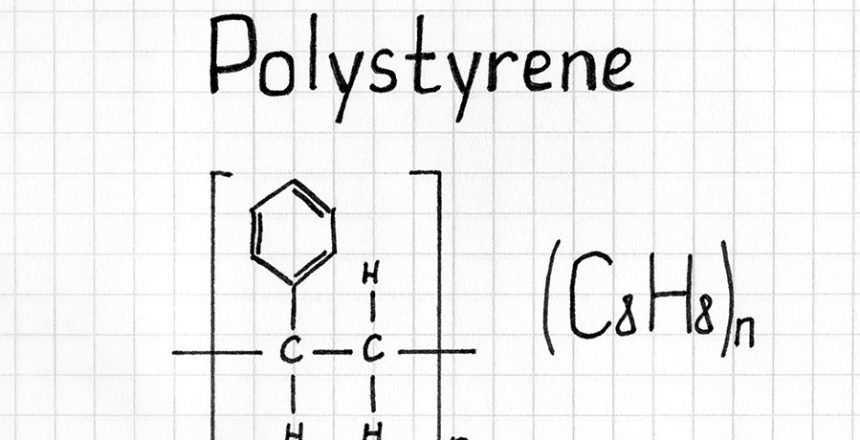Many of the scientists and pharmacists listed below were instrumental in Styrene research in its earliest days of experimentation. We cannot list all those that donated their time and parts of their lives to Styrene research because it would literally take volumes of space. We have included some of those who have given proven texts and data either in publications or papers they have done for scientific societies from the late 1700’s to the middle 1800’s. Many European scientific societies were a close-knit, tightly connected group of individuals who regarded in-depth research as the primary goal of their vocations.
Edme-Jean Baptiste Bouillon-Lagrange 1764-1844

Bouillon-LaGrange accomplishments are:
- Entered Mazarin College at the age of twelve to study Humanities
- Director, Professor of chemistry, Physics, and instructor at the Ecole de pharmacie of Paris
- Pharmacist on Rue Saint-Martin in Paris (Also the Owner)
- Doctorate degree from the University of Strasbourg
- Personal physician to Empress Josephine
Bouillon-LaGrange did extensive research on Liquid Styrax in his study called “On the Origin and Properties of Liquid Styrax” which was delivered to the Medical Society of Paris. This study done in the late 1700’s is probably the earliest done on Storax and its properties. He seemed interested mainly in what it was composed of for the use of liquid Storax for pharmaceutical purposes only. Until that time, liquid styrax was used primarily in ointments.
Among all his other achievements, Bouillon-LaGrange published around 50 publications on all subjects such as, chemistry, pharmaceuticals, and physical and chemical properties.
Eduard Simon
Eduard Simon, a pharmacist living in Berlin Germany, holds the distinction of being able to seperate Styrene (which he named Storax, or Styrol Oxide) by distillation from the sap of an Oriental Sweetgum (Liquidambar tree) in 1839. Although most of Simon’s life is somewhat obscure, his discovery is one of the most important of the 1800’s. Just a few days after he isolated this clear substance, it began hardening in the vial he had placed it in. Thinking that oxygen had caused this transformation he then called it styrol oxide. Little did he realize that the substance he was able to distill became polymerized styrene – or polystyrene.
John Buddle Blyth and August Wilhelm von Hofmann

In 1845 Dr. John Blyth, Professor of chemistry and August Wilhelm von Hofmann did extensive studies of Styrene taking Simon’s research much further and more experimentally. Together they wrote a research paper called “On Styrole and some of the products of its decomposition” and were able to prove that Styrene (which they called Styrole and metastyrole) would polymerize in the container without the presence of oxygen and put Styrene under far more scrutiny than ever before. What they seem to endeavour is to obtain styrole (styrene) through different distillation methods and to test the liquid with other newly discovered chemical substances they now had more knowledge of. The amount of testing done is one of the most thorough and a high degree of mathematical as well as scientific research on Styrene. Their paper can be read here at “The London, Edinburgh and Dublin Philosophical Magazine and Journal of Science”
Pierre Eugène Marcellin Berthelot 1827-1907

Berthelot accomplishments are:
- President of the Scientific Committee for the Defense of Paris in 1865
- Won first prize for philosophy competition at the age of 19
- Instructor at the College de France
- Chair of organic chemistry at the College de France
- Elected to the Senate in 1871
- Minister of education (1886-1887)
- Foreign minister
Berthelot published a very detailed work on the synthesis of organic chemicals in 1860,concluding that an almost infinite number of organic compounds could be synthesized he was one of the first to produce organic compounds synthetically (including the carbon compounds methyl alcohol, ethyl alcohol, benzene, and acetylene), playing a major role in dispelling the old theory of a vital force inherent in organic compounds. In 1866 Marcelin Berthelot correctly identified the formation of metastyrol/Styroloxyd from styrol as a polymerization process.

